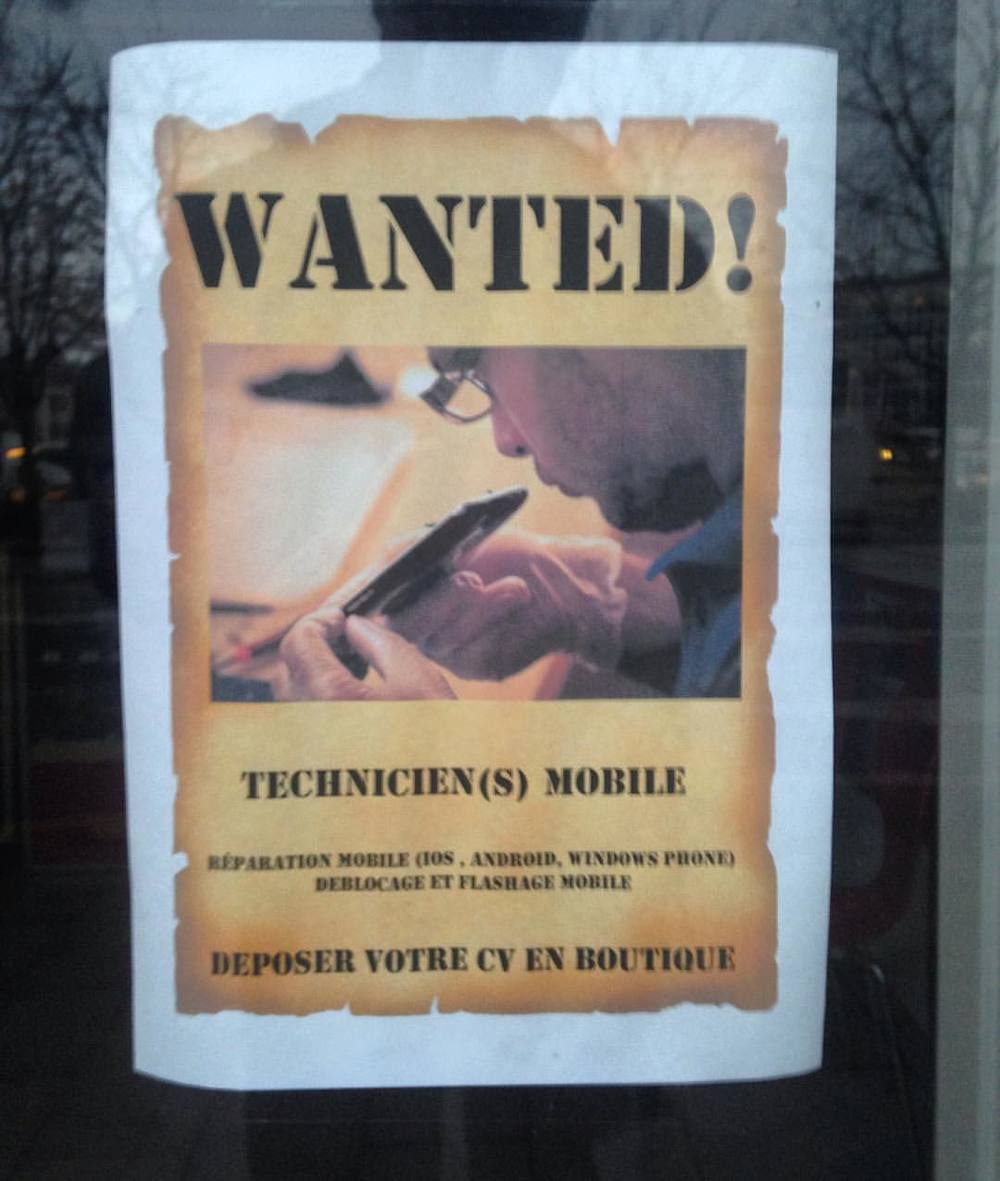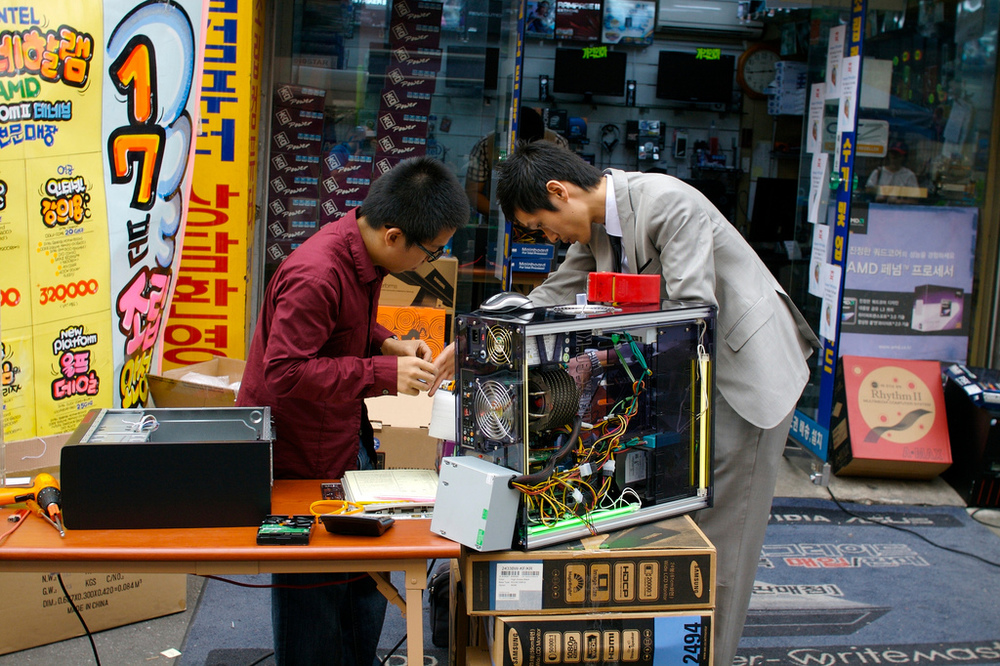Another stimulating paper about repair is "Rethinking repair" by Steven J. Jackson. In this book chapter, the author advocates for a shift in social sciences, a shift from a modernist perspective to address what he calls “broken world thinking” which “asserts that breakdown, dissolution, and change, rather than innovation, development, or design… are the key themes and problems facing new media and technology scholarship today." In other words, "broken world thinking" implies acknowledging the importance of fixing/reconfiguration/recombinations. Practically speaking, this kind of statement means that "repair" is relevant to address:
"The fulcrum of these two worlds is repair: the subtle acts of care by which order and meaning in complex sociotechnical systems are maintained and transformed, human value is preserved and extended, and the complicated work of fitting to the varied circumstances of organizations, systems, and lives is accomplished. Repair in this connotation has a literal and material dimension, filled with immediate questions: Who fixes the devices and systems we “seamlessly” use? Who maintains the infrastructures within and against which our lives unfold? But it also speaks directly to “the social,” if we still choose to cut the world in this way: how are human orders broken and restored (and again, who does this work)?"
For Jackson, addressing repair is pertinent wrt to innovation and innovative practices:
"At first glance, nothing could seem farther apart than the apparently separate questions of innovation and repair. Innovation, in the dominant coding, comes first: at the start of the technology chain, in moments of quasi-mythical origination, a creature of garage-turned-corporate engineers, operating with or without the benefits of market research and user experi- ence operations. Repair comes later, when screens and buttons fail, firmware is corrupted, and the iPhone gets shipped back to wherever iPhones come from. (We generally prefer to think not at all of what happens after such moments, in the piles of e-junk accumulated in attics and landfills or shipped overseas to Africa or Asia.) In scientific computation and collaboration, the language of innovation is generally reserved for new and computationally intensive “bright and shiny tools,” while repair tends to disappear altogether, or at best is relegated to the mostly neglected story of people (researchers, information managers, beleaguered field technicians) working to fit such artifacts to the sticky realities of field-level practices and needs. In both cases, dominant productivist imaginings of technology locate innovation, with its unassailable standing, cultural cachet, and valo- rized economic value, at the top of some change or process, while repair lies somewhere else: lower, later, or after innovation in process and worth. But this is a false and partial representation of how worlds of technology actually work, when they work."
Hence the following question/role for the social sciences (and probably design + engineering): "How might we begin to reverse this dominant view, and reimagine or better recognize the forms of innovation, difference, and creativity embedded in repair?" ... which leads him to define a sort of research program "with special attention to the existence, dynamics, and tensions of innovation beyond moments of ideation, design, and up-front adoption." In the context of repair, there a variety of questions to be addressed:
"can repair sites and repair actors claim special insight or knowledge, by virtue of their positioning vis-à- vis the worlds of technology they engage? Can breakdown, maintenance, and repair confer special epistemic advantage in our thinking about technology? Can the fixer know and see different things—indeed, different worlds—than the better-known figures of “designer” or “user”? Following on the claims of Hegelian, Marxian, and feminist theorists, can we identify anything like a standpoint epistemology of repair?"
Why do I blog this? The excerpts listed here show a set of general questions and problems to be addressed. Ethnography – and design research – can certainly help here, and I'm wondering about how to address these in conjunction with electronic objects such as smartphones, tablets or game consoles. Such issues also echo a lot with current field research in mobile phone repair shop.

